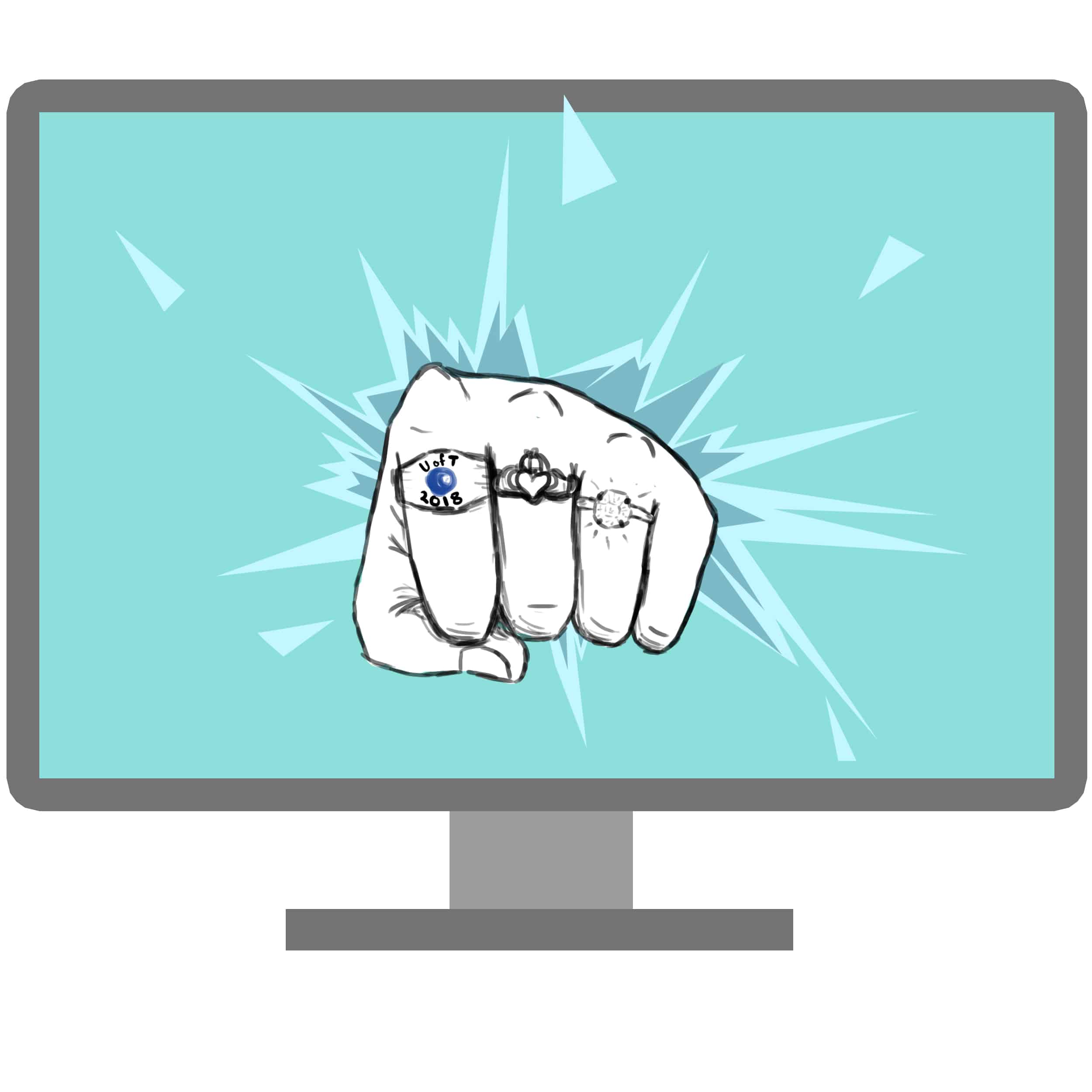Sidney Crosby’s face froze in confusion. Michael Phelps laughed into the microphone. But Eugenie Bouchard twirled for the camera.
In 2015, #CoverTheAthlete launched a video compilation highlighting the wide gap between the kinds of questions received by male and female athletes. The campaign recorded male athletes’ reactions to questions often asked of women — all of which were focused on issues beyond the scope of their athletic prowess. The men’s shocked reactions demonstrated their ignorance of both their own privilege and the experiences of female athletes.
Last week’s article focused on the explosion of vitriolic commentary after US figure skater Ashley Wagner voiced her frustration with her program scores. It discussed the complicity of the sports media complex in both creating and promoting a patriarchal culture that consistently discriminates against female athletes. This structure is detrimental to the entire gender spectrum and shapes the next generation of athletes and spectators. How can it be disrupted?
Liberal feminist scholars often posit that an increase of women in prominent positions across industries will help resolve discrimination issues. While this may sound logical, the issue of the sports media complex requires a more sophisticated response than merely adding women to the existing paradigm and stirring.
As feminist scholar Liesbet van Zoonen argues, “Women who advocate for women’s issues or sports are likely to be seen as ‘deviant’ — thus undesirable — inside newsrooms, which socialize women to accept institutional sexism as a normal part of the news routine.” Thus any genuine solution must begin with dismantling the system itself, by addressing the male hegemony in sports media, and attacking its root. As journalism professor Marie Hardin explains, “Values normally ascribed to men and patriarchy (and to sport) must be removed as the only values that matter.”
1. Continue and increase research of the qualitative and quantitative differences between the coverage of male and female athletes. Despite the fact that female participation in sports is rising dramatically, media coverage of female sports is lower than ever — and this needs to be documented. Concrete data is key, writes scholar Janet Fink, because it “provides a formidable case when questioning those in decision making positions.” The pen may be mightier than the sword, but it is especially powerful when sheathed in data.
2. Make research accessible and comprehensible so that more mainstream news outlets can process and disseminate it. This requires inter-industry partnerships and genuine will on the part of individuals in positions of power — as well as a public receptive to this kind of dialogue. As accusations of abuse and misconduct across industries are finally being taken seriously, the public is primed for these kinds of revelations.
3. Establish a watchdog group with the specific focus of holding sports media outlets accountable in real time. This could manifest in the creation of pledge, not unlike the various international treaties signed onto by national governments, such as the Paris Agreement, that media outlets would sign. This pledge would contain specific qualitative and quantitative commitments regarding the coverage of female athletes. The watchdog group, ideally composed of scholars, journalists, and athletes or sports professionals, would then monitor compliance with the pledge and publish their findings on a rolling basis.
The University of Toronto’s Munk School of Global Affairs runs the G20 Research Group, which is an excellent example of how this idea could be executed. The group is mainly student-run, and it publishes a comprehensive annual report on the compliance of G20 signatories with their various commitments. The reports are read by representatives of the signatory governments, and they carry genuine weight. If a collection of twenty-somethings can hold national governments to their word, why not ESPN or CBC Sports?
4. Work with other marginalized communities to advance a shared agenda of inclusivity in sport. LGBTQ+ advocacy groups such as the National Center for Lesbian Rights’ Sports Project and the Gay and Lesbian Advocates and Defenders are very active in the promotion of inclusivity, and they would be excellent partner groups.
As University of Toronto Varsity Blues figure skating co-captain Lila Asher highlights, access to sport is “heavily influenced by class and race” as well, and as such, an intersectional approach is vital. Specific athletes, such as Megan Rapinoe from the US Women’s National Soccer Team, are themselves advocates, but their voices should be amplified and echoed by a larger force.
5. Carry changes into the next generation of media professionals. This can be easily accomplished through small — but requisite — changes to the curriculum and programming within universities, colleges, and even human resources departments. Many students are dangerously ignorant of the inequities in sports coverage or, even worse, fail to understand the extent of their impact. The possibility of unknowing complicity must be removed entirely, and tomorrow’s graduates should be held to a much higher standard than their predecessors.
The response to Ashley Wagner’s comments are a microcosm of the male hegemony that exists in sports media. This male dominance is incredibly harmful for athletes and spectators across the gender spectrum, and it can no longer be tolerated. Through the promotion of accessible research, the creation of a watchdog agency, collaborations with other advocacy groups, and structural changes in educational institutions, systemic change can happen. The responsibility is ours, and the time is now.


